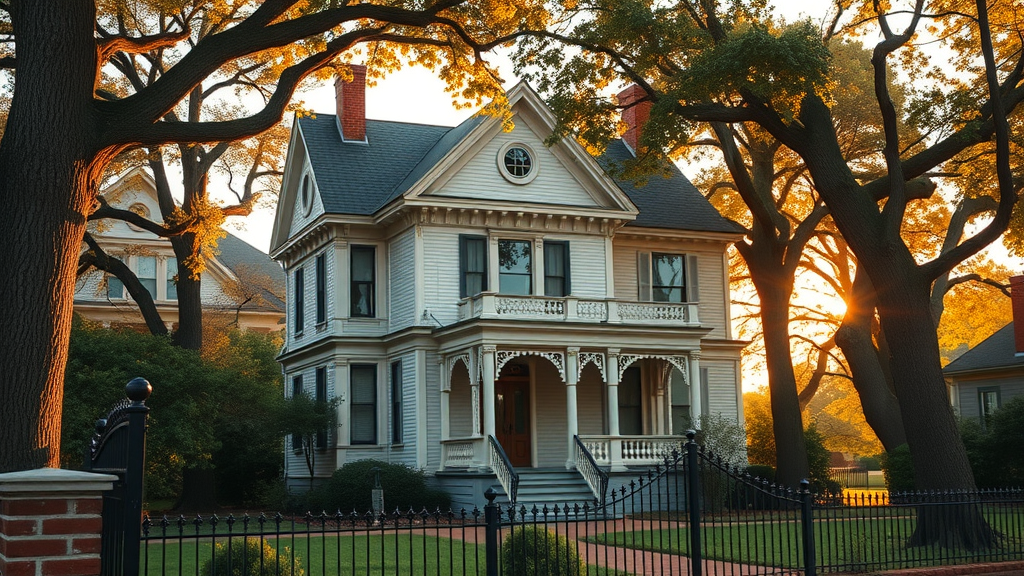
Did you know nearly one in five neighborhoods in Raleigh boasts a registered historic home? The City of Raleigh’s storied past is intricately woven into its stunning homes, some of which have stood for more than a century. From Blount Street—once home to more North Carolina governors than any other avenue—to brilliantly preserved properties like Andrews House and Mordecai House, Raleigh's historic estates aren't just buildings.
They are living monuments that continue to shape local culture, real estate marketring investing in a piece of Raleigh’s legacy, this comprehensive guide will help you discs, and community identity. If you’ve ever been captivated by vintage charm or are consideover how historic homes Raleigh NC can redefine your sense of place and purpose.
Why Historic Homes Raleigh NC Continue to Captivate: Insights & Surprising Facts
-
Nearly 20% of all Raleigh neighborhoods contain a registered historic home, reflecting the city’s deep architectural heritage.
-
Blount Street once hosted more North Carolina governors than any other single avenue in the state.
-
Raleigh’s historic sites attract more than 1.5 million heritage visitors annually, contributing over $50 million to local real estate and tourism.
The enormous draw of historic homes in Raleigh NC goes far beyond their elegant facades and grand porches. Each historic home acts as a tangible record—witnessing pivotal moments like the Civil War and Raleigh’s transformation from a Southern crossroads to a thriving modern metro. Heritage visitors are flocking to these architectural treasures, boosting both the city’s cultural value and its economic well-being. With every guided tour and open house, Raleigh’s storied real estate underscores this community’s pride in preservation and progress.
What Makes Historic Homes Raleigh NC Stand Out?
A Glimpse Into the Unique Architecture of Blount Street and Surroundings
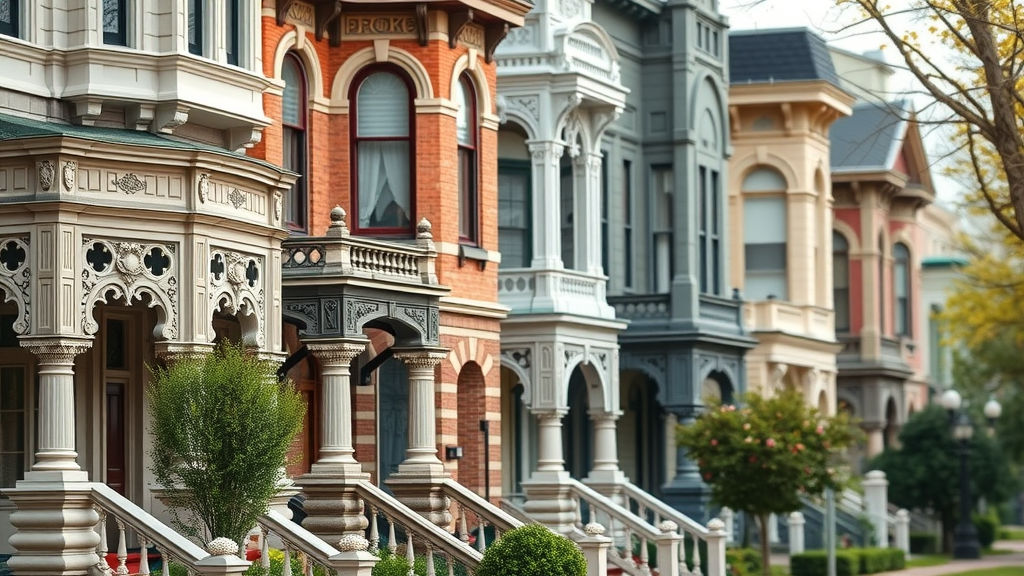
Walk down Blount Street and you’ll be swept into a world where Queen Anne towers, Greek Revival pillars, and Mansard roofs sit side by side. Raleigh’s historic homes tell stories through their architecture: elaborate fretwork, generous wraparound porches, and hand-carved cornices all bear marks of a bygone era. The preservation of these homes, especially on streets like Blount, is not just about maintaining Raleigh’s curb appeal. It guards an essential chapter of both local and national history—a time when straight lines gave way to turrets, and every trim detail was a point of pride.
The unique architectural styles found on Blount Street and in neighboring districts have made these properties icons on the National Register of Historic Places . It’s common to find a Queen Anne with fish-scale shingles neighboring a stately Colonial Revival home, or a property named for figures that shaped the city’s history. As you move through these tree-lined streets, each home stands not just as a structure, but as an original work of art and a living piece of Raleigh’s evolving story.
For those considering a move into one of Raleigh’s historic neighborhoods, timing can make a significant difference. If you’re curious about when to make your purchase, you might find it helpful to explore why September is often considered an ideal month to buy a home in North Carolina , offering unique advantages for buyers interested in historic properties.
How the Andrews House Became a Cornerstone of Historic Raleigh
With its signature grand staircase and intricate interior trim , the Andrews House is much more than a meticulously preserved dwelling—it is a cornerstone of historic Raleigh . Built in the late 1800s, this home once served as a residence for prominent local leaders and frequently hosted gatherings that shaped the course of city policy and progress. Today, its halls echo with the footsteps of both inquiring visitors and those participating in community events, art installations, and historical lectures.
The enduring significance of Andrews House lies in its marriage of preservation and function. By welcoming the public and engaging with local schools and heritage organizations, the home embodies the vital link between Raleigh’s rustic past and its thriving present. For those passionate about historic sites , Andrews House is a testament to how steadfast stewardship and creative use can elevate a simple building to the status of community icon.
The Authentic Appeal of Living in a Historic Home in Raleigh NC
Choosing to live in a historic home in Raleigh NC is more than a matter of aesthetics. Residents become part of an exclusive tradition, caring for properties that have witnessed generations of North Carolina families, pivotal state events, and even fleeting moments from the Civil War era. From original hardwood flooring to handcrafted moldings, each detail is a daily reminder of the artistry and resilience that define this city.
The community feel of historic neighborhoods—where residents often work together to preserve landscaping, signage, and public spaces—provides a sense of belonging that is difficult to replicate. Beyond stately exteriors, living in a historic Raleigh home allows owners to play a pivotal role in the ongoing narrative of their neighborhood, contributing to both community and cultural legacy.
Explore the Iconic Blount Street and Its Signature Historic Homes Raleigh NC
Blount St: A Legacy Among Historic Sites and North Carolina Heritage
No discussion of historic homes Raleigh NC is complete without immersing in the rich legacy of Blount Street . This avenue, possibly Raleigh’s most famous, captures North Carolina’s grand tradition of leadership—housing former governors, notable civic figures, and families whose stories shaped the state’s laws and cultural tapestry. Its broad sidewalks and stately shade trees set the scene for picture-perfect strolls that evoke a sense of continuity and tradition.
Besides its architectural splendor, Blount Street remains a living monument in Raleigh real estate. Listing after listing here still sells rapidly, reflecting the street’s deep-rooted pull on those seeking not just a home, but a heritage address. As a result, Blount Street draws the eyes of preservationists, investors, and families alike, each searching for their chance to join Raleigh’s most storied community of historic homes.
Must-See Properties: From Andrews House to Mordecai House
Whether you’re on a guided tour or house-hunting for your dream property, the must-see historic homes of Raleigh never disappoint. The Andrews House boasts intricate woodwork and authentic Victorian design, while the Mordecai House stands as the oldest house in Raleigh on its original location—a lasting symbol of the city’s endurance through centuries of social and architectural change. Both have featured on state registers and remain open to the public for tours, offering a rare glimpse inside the rooms where some of the most consequential decisions in North Carolina were made.
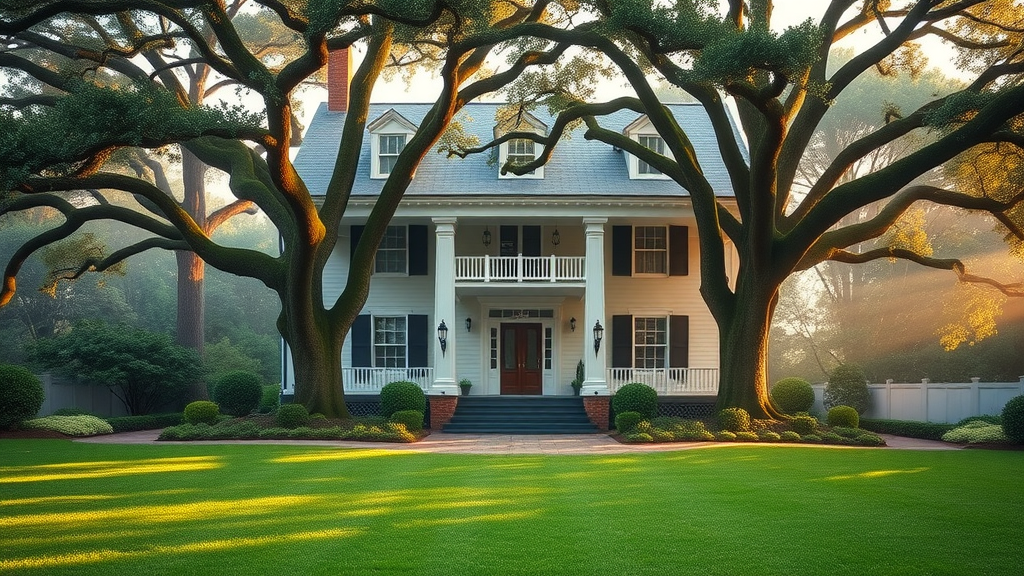
Additional standouts include grand mansions and quaint cottages across the historic district , each reflecting influences from Greek Revival symmetry to the playful quirks of Queen Anne style. For real estate seekers, these homes are more than listings—they’re gateways to Raleigh’s historic fabric, promising both aesthetic pleasure and unmatched cultural value.
Historic Parks and Sites: Beyond the Front Door of Historic Homes Raleigh NC
Historic Park Experiences Adjacent to Raleigh’s Historic Homes
Surrounded by the beauty of Raleigh’s historic homes , several historic parks provide residents and visitors with a refreshing blend of outdoor recreation and local heritage. Moore Square , for example, operates as both a playground for families and a green sanctuary amidst city bustle, while events like outdoor concerts often pay homage to Raleigh’s history, bringing neighbors together under ancient oaks.
These parks don’t just offer fresh air—they are actively curated spaces where educational placards and civic art reveal Raleigh’s transformation from mill village to state capital. Walking the grounds or joining in a community event means touching multiple eras of local life in a single afternoon, making the proximity of historic parks a noteworthy benefit for those lucky enough to live near these storied sites.
Exploring Distinguished Historic Sites in and Around Raleigh NC
Beyond their ornate facades, Raleigh’s historic homes are surrounded by some of North Carolina’s most important historic sites . The city’s distinguished buildings include not just residential landmarks, but also a collection of old churches, commercial centers, and the rare mill building, each further enriching Raleigh’s status as a certified historic destination. For the especially curious, many of these places are open for guided tours, programs, and even immersive reenactments of Civil War events or 19th-century daily life.
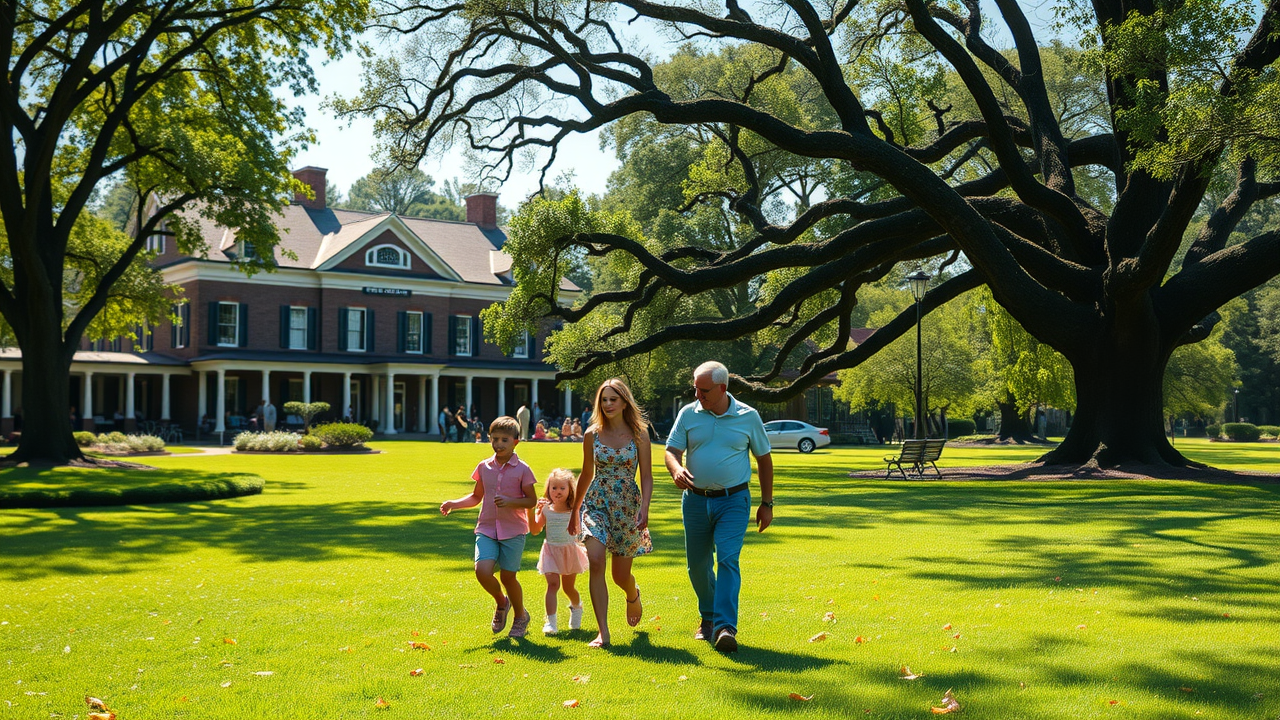
These historic sites extend Raleigh’s legacy well beyond the residential district, preserving cultural milestones and architectural wonders for future generations. Whether you are walking between preservation zones or attending a lecture in a converted historic building, the seamless blend of past and present makes every step a journey through time.
Real Estate Value and Investment Opportunities in Historic Homes Raleigh NC
How to Evaluate a Historic Home's Worth in the City of Raleigh
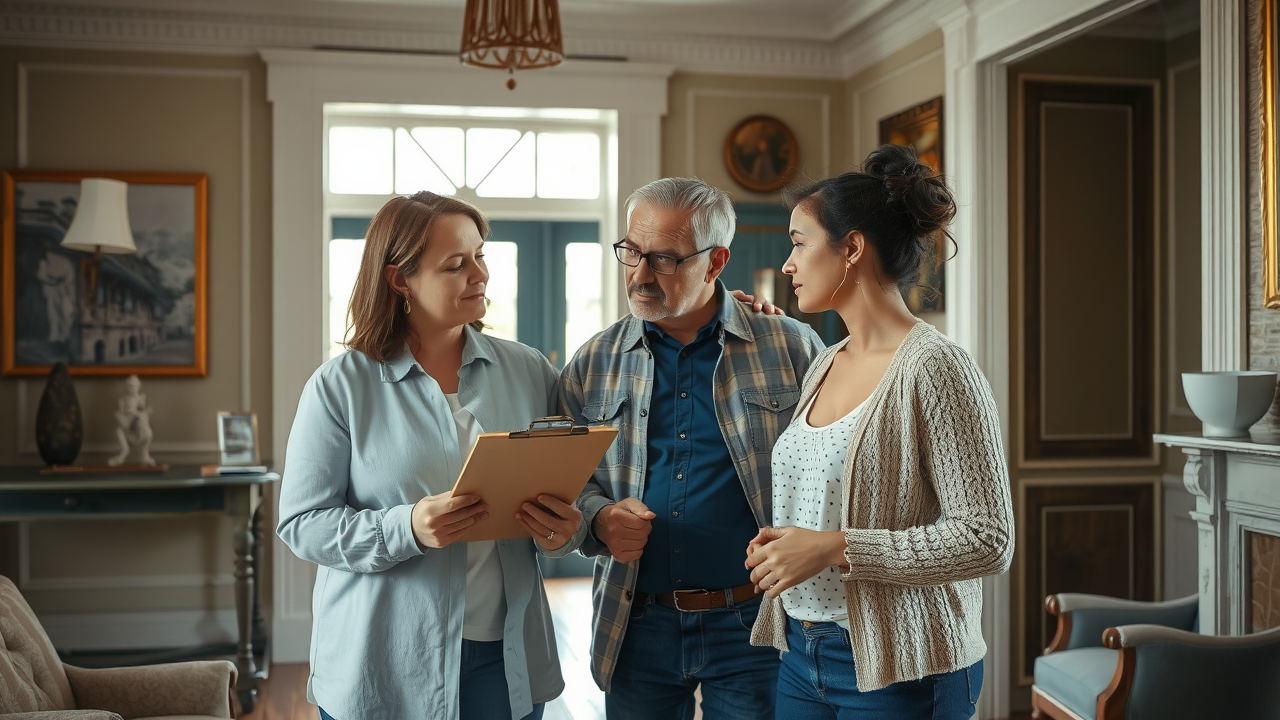
When considering an investment in historic homes Raleigh NC , buyers must weigh both tangible and intangible factors. These residences often offer larger lots, finer architectural details, and prime locations within walking distance of downtown and renowned historic parks. However, their distinctive attributes—like original stained glass or period-specific woodwork—make pricing more complex than standardized Raleigh real estate.
To determine a historic home’s true worth, enlist a real estate expert experienced with National Register of Historic Places properties. They will consider aspects such as era built, historic district status, restoration costs, and proximity to landmark locations like Blount Street, Andrews House, and Mordecai House. In many cases, the investment value goes beyond dollars, providing a sense of stewardship and profound community connection.
Navigating Regulations: What You Need to Know About Buying Historic Homes Raleigh NC
Buying into the legacy of a historic home in Raleigh NC means understanding city guidelines and national rules. Many of these homes are protected under local or federal conservation statutes, and improvements often require approval from the Historic District Commission . If your dream includes restoring a Greek Revival gem or adding modern amenities to a Queen Anne estate, you may need special permits or architectural review.
While navigating regulations can seem daunting at first, local organizations and city agencies offer invaluable support. Owners are encouraged to attend informational workshops and connect with preservation societies, learning how to maintain compliance while enhancing home comfort and value. The result? Peace of mind and a beautifully preserved investment—proof that Raleigh’s commitment to its heritage is as real as ever.
Comparison of Historic Homes Raleigh NC
|
|
|
|
|
|
|
Property Name |
Price Range |
Square Feet |
Era Built |
Historic District |
|---|---|---|---|---|
|
Andrews House |
$1,200,000–$1,800,000 |
3,500–6,000 |
Late 1800s |
Blount Street |
|
Mordecai House |
Historic Site (Not for sale) |
4,000 (Museum) |
1785 |
Mordecai Place |
|
Typical Queen Anne |
$750,000–$1,400,000 |
2,800–4,200 |
1890s–1920s |
Oakwood |
|
Colonial Revival Home |
$900,000–$1,500,000 |
3,000–4,900 |
1900s–1930s |
Historic District |
Preserving the Charm: How Historic Homes Raleigh NC Are Maintained
Local Preservation Guidelines for Historic Sites and Historic Raleigh Properties
Commitment to preservation underpins every historic home in Raleigh NC . Local guidelines, often closely aligned with standards set by the National Register of Historic Places , protect everything from facade color to landscaping. Whether you own a small cottage or a celebrated estate, you’re required to observe rules that safeguard original materials and design integrity. This ensures that both current residents and future generations enjoy the irreplaceable look and feel of each historic property.
Many homeowners apply for grants or participate in incentive programs that help cover restoration expenses. City of Raleigh officials actively encourage property owners to preserve key features like wooden sash windows, slate roofs, and hand-laid brickwork, amplifying the lasting beauty of homes across historic Raleigh . These programs make it easier for new and experienced owners alike to keep their homes beautiful—and valuable—for years to come.
Community Initiatives: Blount Street and Historic Park Collaborations
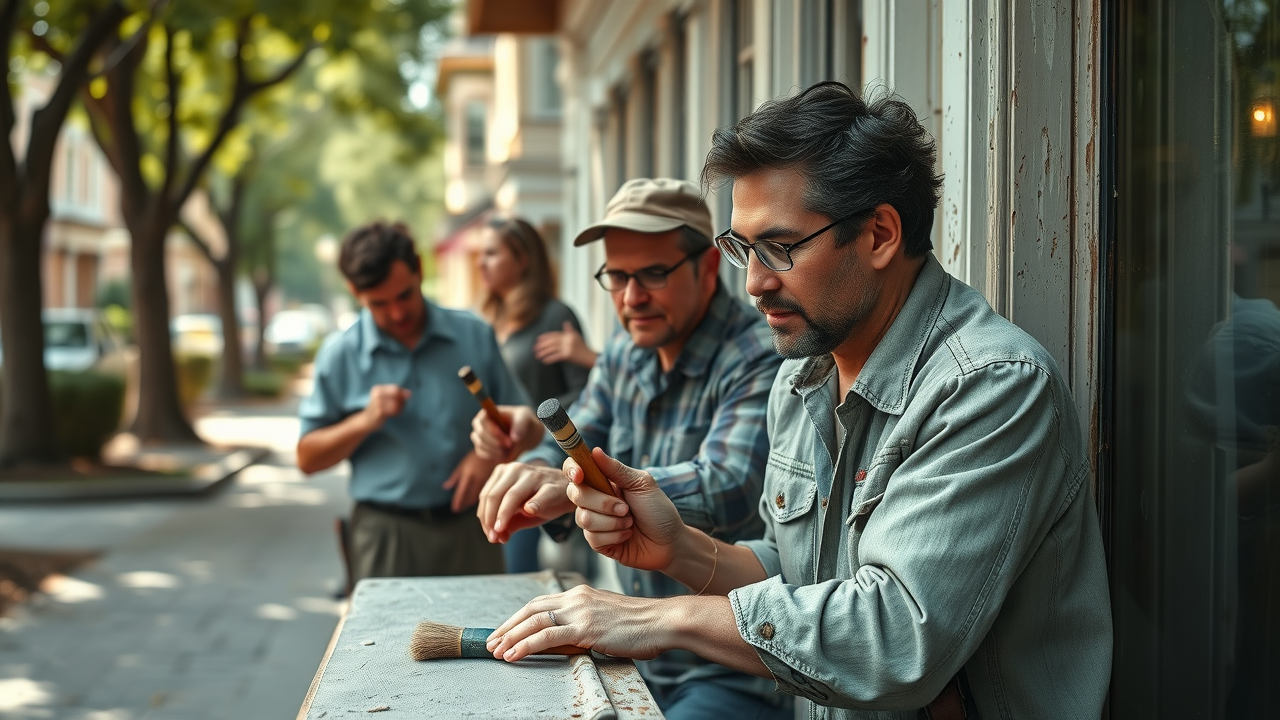
Beyond city policies, it’s the community that breathes new life into Raleigh’s historic heritage. Neighborhood associations, preservation societies, and park collaborations coordinate annual clean-up days, guided tours, and educational programs celebrating Blount Street and other prominent historic sites . Volunteers restore porches, repaint original trim, and maintain lush landscaping—all vital to the continued glory of properties across the city.
These collective efforts ensure that historic homes Raleigh NC retain their storied elegance. The direct involvement of residents, youth groups, and local businesses draws people closer together, strengthening both the physical fabric and the communal spirit of each beloved street. When you purchase a historic home in Raleigh, you’re not only preserving architecture—you’re joining a movement deeply rooted in pride and respect for the city’s cultural legacy.
"Restoring a historic home in Raleigh is preserving a piece of North Carolina's cultural legacy for future generations." – Leading Local Historian
Frequently Asked Questions About Historic Homes Raleigh NC
What qualifies a property as a historic home in Raleigh NC?
A property is generally considered a historic home in Raleigh NC if it is at least 50 years old and maintains significant architectural, cultural, or historical features. Many are listed on either the National Register of Historic Places or the City’s own register, ensuring protection and preservation. Eligibility often involves assessments of original materials, location, and association with important individuals or events.
Are there incentives for purchasing or renovating historic homes in Raleigh NC?
Yes! Raleigh’s city programs and state initiatives provide tax credits, grants, and financial incentives for those purchasing or restoring qualifying historic homes . These incentives reward investments that maintain a structure’s original character and help offset restoration costs. By preserving a home’s unique past, buyers and owners can benefit both historically and financially.
How does living in a historical district like Blount Street impact property value?
Residing in a historic district such as Blount Street often enhances property values and ensures long-term community appeal. The protective measures against unsympathetic development and the high pride in local preservation efforts can make historic homes in these districts highly sought after. As a result, properties here may appreciate faster than standard Raleigh real estate, offering both stability and lasting value.
People Also Ask: Historic Homes Raleigh NC
Are there guided tours available for historic homes in Raleigh NC?
Absolutely! Many historic homes, such as Mordecai House and prominent addresses on Blount Street , offer guided tours through city-sponsored historic site programs and local historic parks. These tours run primarily Tuesday through Saturday and are perfect for those interested in architectural details or local history.
Is it difficult to renovate historic homes Raleigh NC?
Renovating a historic home in Raleigh can involve additional steps, such as obtaining special permits and adhering to city and federal preservation guidelines. However, local organizations, experts, and city representatives provide resources and support to guide owners every step of the way, making the process manageable and rewarding for residents committed to luxury and authenticity.
Key Takeaways: Why Historic Homes Raleigh NC Remain Coveted
-
Unmatched architectural beauty and unique North Carolina heritage.
-
Strong investment potential within Raleigh’s growing real estate scene.
-
Community and cultural value through ongoing preservation efforts.
Unlock the Opportunities: Find Your Dream Historic Home in Raleigh NC Today
-
Explore available listings, from Blount Street gems to iconic Andrews House properties.
-
Schedule a virtual or in-person tour with our expert real estate team.
-
Download our free guide to buying and restoring historic homes in Raleigh NC !
Ready to start your journey? Contact us and claim your place in Raleigh’s remarkable history through one of its legendary homes.
As you consider the possibilities of owning a piece of Raleigh’s history, remember that the value of a historic home extends well beyond its walls—it’s about embracing a lifestyle rich in tradition, community, and enduring beauty. If you’re inspired to explore how Raleigh real estate can be the ultimate gift for your family or future, discover more about the unique advantages and heartfelt reasons that make this city’s homes truly special by reading why Raleigh NC real estate is the ultimate gift during the holidays . Let your next step be guided by insight and inspiration—your dream home and a vibrant new chapter in Raleigh’s storied neighborhoods may be closer than you think.
Raleigh, North Carolina, is renowned for its rich tapestry of historic homes, each narrating a unique chapter of the city’s past. Among these, the Capehart House stands out as a quintessential example of Queen Anne architecture. Constructed circa 1898, this residence features an intricate skyline adorned with towers, turrets, and dormers, complemented by facades embellished with stained glass and decorative woodwork. Originally built for Lucy Catherine Capehart and her husband, the house has since been repurposed for governmental office use, preserving its architectural integrity. ( en.wikipedia.org )
Another notable landmark is Montfort Hall , an Italianate mansion completed in 1858 for William Montfort Boylan. Distinguished by its central rotunda supported by Corinthian columns and illuminated by a stained glass window, Montfort Hall is among the few Raleigh mansions that survived the Civil War era. Currently, it is undergoing transformation into a boutique inn, offering visitors a chance to experience its historic grandeur firsthand. ( en.wikipedia.org )
For those eager to immerse themselves in Raleigh’s historic charm, the Historic Oakwood Candlelight Tour provides an annual opportunity to explore the interiors of meticulously preserved Victorian-era homes. Held each December, this self-paced tour allows participants to appreciate the architectural diversity and historical significance of the neighborhood, with docents available to share insights into each property’s unique story. ( visitraleigh.com )
If you’re passionate about exploring or investing in historic properties, these resources offer valuable insights into Raleigh’s architectural heritage and the timeless charm of its historic homes.
 Add Row
Add Row  Add
Add 




Write A Comment